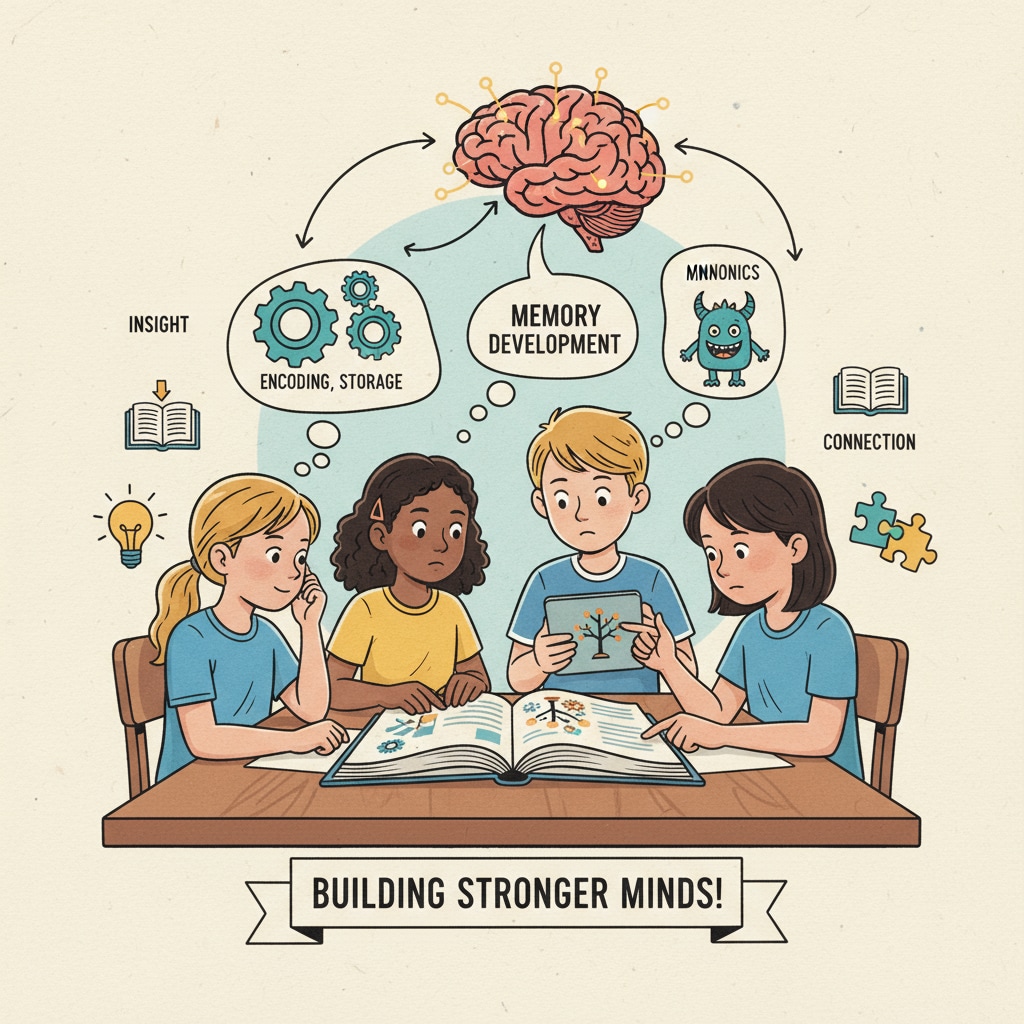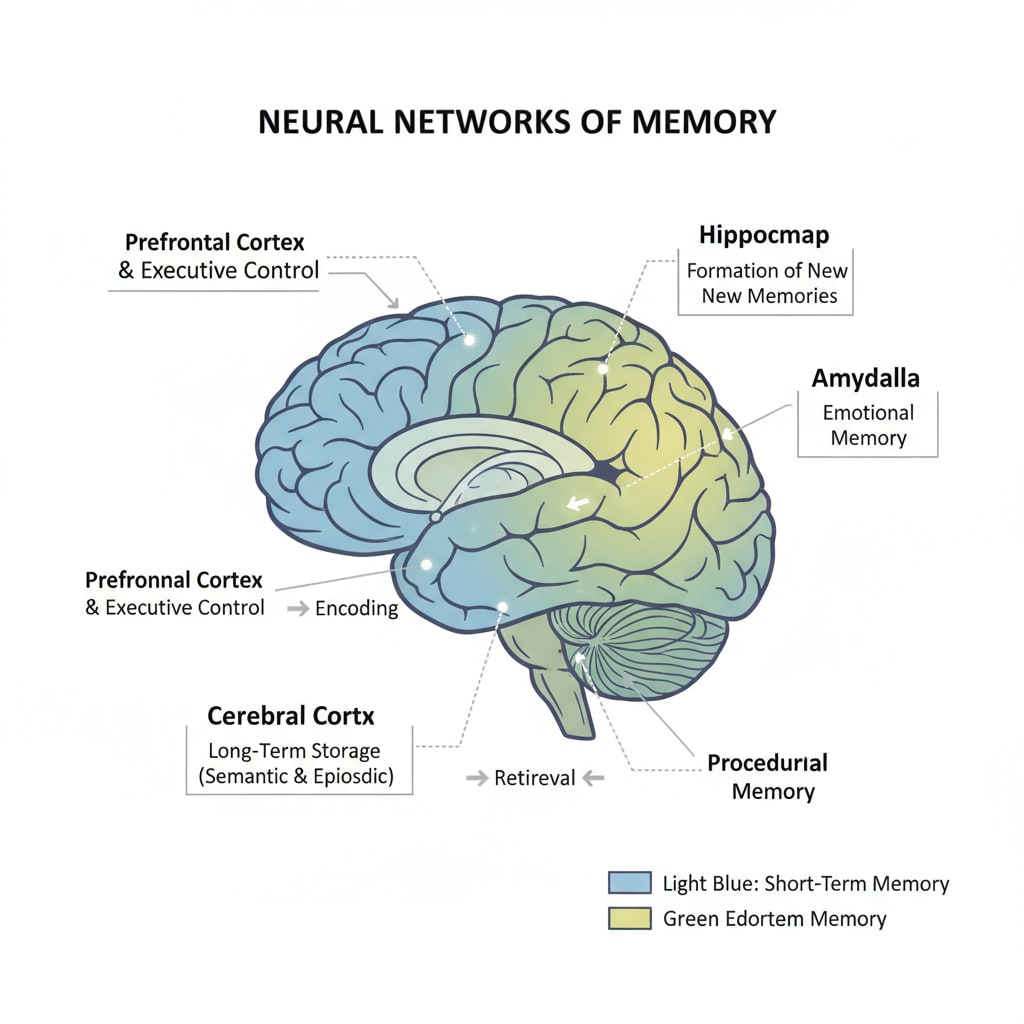Photographic memory, memory development, and memory enhancement have long been topics of great interest in the field of education, especially in the K12 stage. The idea of having a photographic memory, the ability to vividly recall images, words, or events with remarkable precision, seems like a superpower. But is it an inborn talent or can it be cultivated? Let’s embark on a scientific exploration.

The Mystery of Photographic Memory
Photographic memory, also known as eidetic memory, has fascinated people for decades. Those with this ability can seemingly capture and retain detailed visual information as if they’ve taken a photograph. However, true cases of photographic memory are extremely rare. Eidetic memory on Wikipedia explains that while many claim to have it, scientific research has been unable to confirm its existence in most cases.
The Physiology of Memory Development
Memory development is closely linked to the brain’s structure and function. During the K12 stage, the brain is still developing rapidly. Neurons form new connections, and synapses strengthen with repeated use. This is the physiological basis for memory formation. According to Memory on Britannica, understanding how the brain processes and stores information is crucial for enhancing memory.

As children grow, different types of memory, such as short-term and long-term memory, develop at different rates. For example, short-term memory capacity gradually increases during this period, allowing children to hold more information in their minds for a short time. This development provides a foundation for more complex memory tasks.
Readability guidance: Here we can see how understanding the basic concepts of memory and its development is the first step. In the following sections, we will explore practical ways to enhance memory.
Practical Strategies for Memory Enhancement
Although true photographic memory might be elusive, there are many effective ways to enhance memory in K12 students. One of the most common methods is the use of mnemonic devices. These are memory aids that help students associate new information with something they already know. For example, using acronyms to remember a list of items.
- Chunking: Breaking down large amounts of information into smaller, more manageable chunks.
- Spaced repetition: Reviewing information at increasing intervals over time to move it from short-term to long-term memory.
Another important aspect is creating a conducive learning environment. A quiet, organized space can reduce distractions and improve concentration, which in turn benefits memory. Additionally, getting enough sleep is crucial as the brain consolidates memories during sleep.
Readability guidance: These strategies are based on scientific research and have been proven effective in helping students improve their memory. As we move forward, we will discuss how educators and parents can support this process.
The Role of Educators and Parents
Educators play a vital role in promoting memory development in K12 students. They can design lessons that incorporate memory-boosting techniques, such as using visual aids, storytelling, and group activities. For example, in a history class, teachers can use timelines and historical stories to help students remember important events.
Parents, too, can contribute at home. Encouraging regular study habits, providing a balanced diet, and ensuring proper rest are all ways to support their children’s memory development. By working together, educators and parents can create a holistic approach to enhance students’ memory.
In conclusion, while true photographic memory may be a rare gift, memory development and enhancement are achievable goals in the K12 stage. Through understanding the physiological basis of memory and implementing practical strategies, students can improve their memory capabilities. This scientific exploration provides valuable insights for parents and educators to help children reach their full potential in learning.


